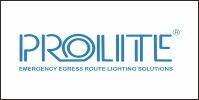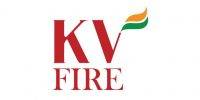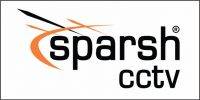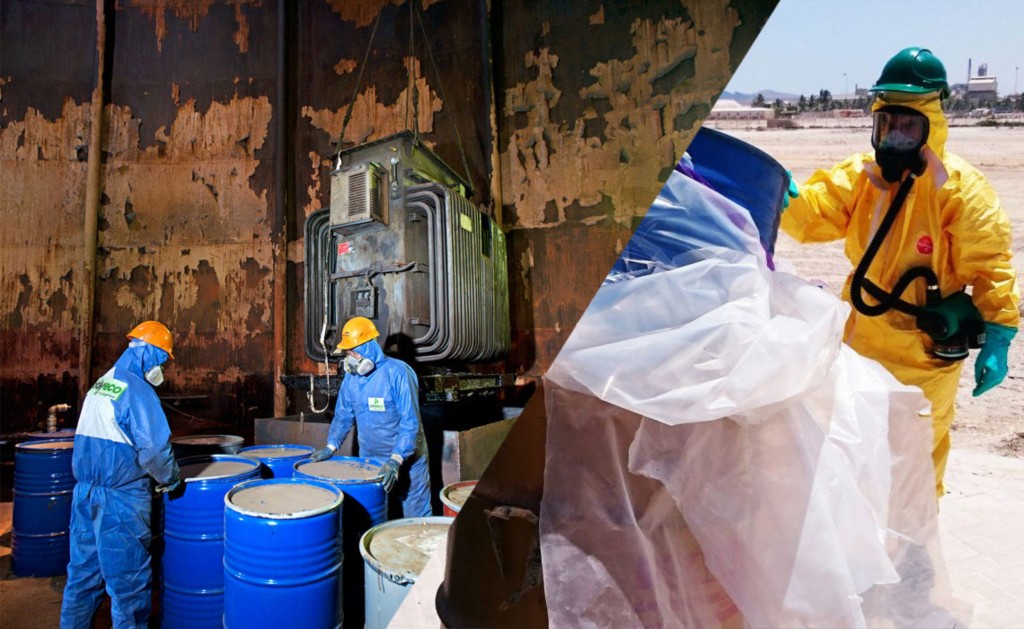 Hazardous materials are substances, materials and waste that are dangerous if leaked or misused. These include volatile and toxic chemicals, combustible liquids, radioactive materials, oil, explosives and disposed medical waste. Due to their harmful nature, occupational safety specialists and engineers handle hazardous materials with the utmost care and concern. Unfortunately, accidents happen, so workers must be trained to handle these problems should they arise. A hazardous materials incident occurs when caustic materials escape their containers and pose an immediate threat to the surrounding people and environment. Incidents can happen on a large scale and must be contained quickly before permanent damage can occur. Hazardous materials response (HAZMAT) teams are the first line of defense. These teams are professionally trained and certified to decontaminate areas exposed to dangerous materials. One of the most important aspects of the response process is the initial assessment. Before decontamination can begin, there are at least four questions that should be asked to ensure a successful incident response.
Hazardous materials are substances, materials and waste that are dangerous if leaked or misused. These include volatile and toxic chemicals, combustible liquids, radioactive materials, oil, explosives and disposed medical waste. Due to their harmful nature, occupational safety specialists and engineers handle hazardous materials with the utmost care and concern. Unfortunately, accidents happen, so workers must be trained to handle these problems should they arise. A hazardous materials incident occurs when caustic materials escape their containers and pose an immediate threat to the surrounding people and environment. Incidents can happen on a large scale and must be contained quickly before permanent damage can occur. Hazardous materials response (HAZMAT) teams are the first line of defense. These teams are professionally trained and certified to decontaminate areas exposed to dangerous materials. One of the most important aspects of the response process is the initial assessment. Before decontamination can begin, there are at least four questions that should be asked to ensure a successful incident response.
Who?
HAZMAT teams may consist of firefighters, but not all firefighters are qualified to be on the HAZMAT team. Extensive training and certification are required to be a part of a HAZMAT team. Conversely, members don't have to be associated with a fire department or work in the public sector. Companies that work with hazardous materials may hire a private HAZMAT company or have their own department dedicated to handling any incidents. Whether private or public, hazardous material incidents call for quick and thoughtful decontamination.
When?
Although a quick response is optimal, it needs to have direction and focus. When it comes to hazardous materials, safety and awareness always come first. These materials can spread rapidly and can be potentially life-threatening to anyone or anything that they come in direct contact with. Because of the high risk, the HAZMAT team needs to know the specifics and appreciate the scope of potential damage before proceeding. Only once a decontamination operation is established and all available information is gained can a HAZMAT team get started. Decontamination involves first neutralizing the hazardous material and then properly disposing of it. If the HAZMAT team does not understand the full situation, they might exacerbate the incident by implementing an inappropriate plan. Action needs to be rapid, but can't take place until the incident is understood.
Where?
To protect people and decontaminate properly, control zones and decontamination (decon) lines need to be established. Three control zones should radiate outward from the incident to ensure absolute safety to the public and that stop contaminates from spread further. The nearest zone is known as the “hot zone” or the “exclusion zone”. It should surround the immediate area of the incident and access should be limited. It's essentially ground zero and is the most dangerous area. The second zone is known as the “warm zone” or the “contamination reduction zone,” and this is where the HAZMAT operation sets up to decontaminate the hot zone and protect the third zone from contamination. The third, furthest zone is known as the “cold zone” or the “support zone”. Its purpose is to support the HAZMAT operation from a contamination-free area. It acts as the last buffer between the outside environment and the environment. The decon line is an established, secure perimeter that monitors those coming and going from the incident. It's the last line of defense against further contamination. It needs to be far from the hazard but close enough that victims may be decontaminated and cross over quickly to seek additional medical attention. Hazardous materials can have far-reaching effects that must be contained. Zones and lines help safety professionals maintain external and internal protection.
What?
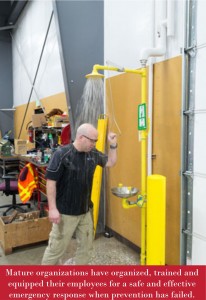 As previously stated, safety and awareness are paramount when handling hazardous materials. The equipment and procedure used will depend on the incident. Variables such as the type of hazardous material, size, number of people exposed and damage range will determine the best plan of action. Personal protective equipment (PPE) has multiple levels that range from basic protection needs to body suits that fully encapsulate the wearer. Breathing apparatus is a direct aspect of PPE and not a separate aspect of gear. Often, used PPE is bagged and incinerated along with the hazardous waste as an additional precaution. Hazardous waste disposal can be a delicate challenge. Water, bags, equipment, tarps, tools and pumps that are used to contain or dispose waste must be destroyed or containerized as well. Within the hazardous waste incident emergency plan a list of those who can assist in disposal will be included. Specifically, used water must be treated or it may contaminate more water and lead to a wider spread.
As previously stated, safety and awareness are paramount when handling hazardous materials. The equipment and procedure used will depend on the incident. Variables such as the type of hazardous material, size, number of people exposed and damage range will determine the best plan of action. Personal protective equipment (PPE) has multiple levels that range from basic protection needs to body suits that fully encapsulate the wearer. Breathing apparatus is a direct aspect of PPE and not a separate aspect of gear. Often, used PPE is bagged and incinerated along with the hazardous waste as an additional precaution. Hazardous waste disposal can be a delicate challenge. Water, bags, equipment, tarps, tools and pumps that are used to contain or dispose waste must be destroyed or containerized as well. Within the hazardous waste incident emergency plan a list of those who can assist in disposal will be included. Specifically, used water must be treated or it may contaminate more water and lead to a wider spread.
Become a HAZMAT Team Member
Interested in disposing of volatile and caustic chemicals to prevent mass contamination? You can start with an occupational safety or emergency management degree. Similar to a SWAT team, they are the elite and require experience, training, and certification beyond the basics. A career path such as a firefighter or occupational safety specialist can put you on the path to decontamination and hazardous waste disposal.
Learn More
Learn to identify and analyze potential workplace hazards, infractions and risks through a bachelor of science in occupational safety online.At Eastern Kentucky University, you will gain a graduate-level education by industry-experienced educators and fire and safety professionals who are committed to teaching and preparing you for continued success.
Conclusion
Mature organizations have identified their requirements and established measures to prevent hazmat emergencies in their workplaces. When prevention has failed, they have organized, trained and equipped their employees for a safe and effective emergency response. Immature organizations, on the other hand, remain unaware of what's required of them, or work daily in denial that such emergencies are possible at their locations.
Both organizations, knowingly or not, will display signs about their maturity and capabilities to EMS providers. This information will provide vital clues about the initial response by its employees, scene control and the management of hazards at the scene. Higher levels of maturity will drive higher levels of trust between EMS providers and employees. Lower levels of maturity should raise red flags, leading aware EMS providers to increased levels of vigilance, inquiry and ongoing assessment for their own safety before scene entry and before engaging with the hazmat victim.












